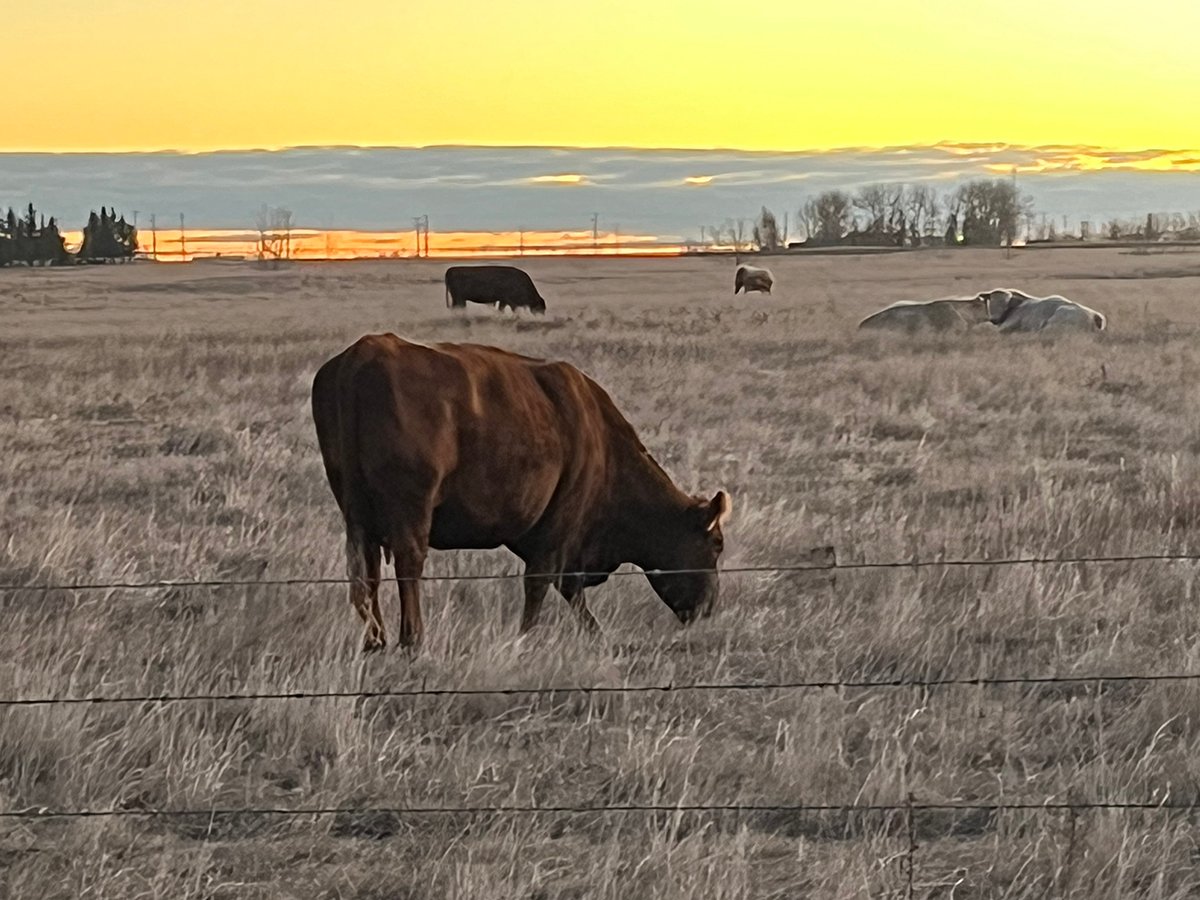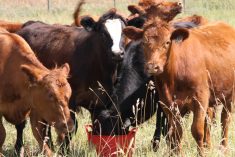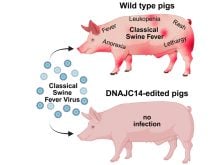ONEFOUR, Alta.- Agriculture Canada’s research substation in Onefour is a living laboratory.
Located in the extreme southeastern corner of Alberta, researchers have gathered more than 70 years worth of field information on fragile grasslands, cattle productivity and the consequences of long-term breeding programs.
The station originally focused on long-term range management.
Today, the thrust is on improving beef quality by combining data from the field, the feedlot, the processor and the genetics lab.
At one time the station maintained a herd of composite cows that included continental, Highland, Shorthorn, Angus and Hereford bloodlines. Researchers wanted an animal that could graze year round with little or no supplementation.
Read Also

Animal protection delivery to change in Saskatchewan
The Saskatchewan government is looking for a new agency to handle animal welfare after Animal Protection Services of Saskatchewan decided not to renew its contract next year.
The climate at Onefour is semi-arid and short-grass prairie forages maintain their nutritional value year round.
“We needed to match the cow to the environment,” said station manager Allan Ross.
Over the years researchers monitored the cows’ size, productivity and milking ability while living in this harsh environment.
The composite herd was replaced three years ago with a herd of purebred Charolais cattle gathered from across Canada.
Agriculture Canada has also maintained a black Angus herd for 25 years that was closed to outside influences.
The station studied the Angus herd for fertility, maturity and longevity.
Researchers recently introduced some new Angus genetics using artificial insemination.
The Charolais were chosen because of their pedigrees.
The Canadian Charolais Association has maintained extensive breeding and performance records on individual animals for 30 years, making data easily accessible for additional research, said genetic consultant Bob Kemp, who is on a year’s leave of absence from Agriculture Canada.
New information can be correlated with information already gathered by the association.
There are several projects under way.
Feed trials for bulls and heifer calves will mimic on-farm practices using normal feeding regimes to measure the animals’ growth potential.
There is considerable information from bull test stations where young animals receive a high energy diet rather than a replacement breeding animal diet.
“We wanted to relate back to on-farm evaluation the way most breeders would develop their potential replacement animals,” said Kemp.
The animals are weighed and evaluated with ultrasound throughout the growth phase.
Finished animals are shipped to Lacombe, Alta., where they are slaughtered to gather detailed carcass grade and yield measures. This information is correlated to the live animal tests.
Tenderness and taste tests are conducted to give a complete picture of each animal.
Researchers have concluded that ultrasound is a major tool for genetic evaluation in carcass improvement programs. There is also merit in collecting carcass data on the progeny.
A feeding efficiency program involving the Charolais and Angus herds started June 17.
Researchers want to identify bulls with differing feed intake and feed efficiency quotients.
Selected bulls will be mated to 20-25 cows each. All progeny will go to the feedlot at the Agriculture Canada research centre in Lethbridge, Alta., where individual feed consumption and frequency of feeding behavior is monitored for 100 days.
There will also be regular weight measure and ultrasound analysis of backfat depth and ribeye areas. The animals will be slaughtered at the end of the feeding period, and standard carcass composition and yield data will be analyzed.
A feeding program for mature pregnant cows is also going to start soon. The goal is to understand some of the genetic controls in feed intake and feed efficiency.
“We don’t have real good information on the pregnant female to recommend any changes needed in changing the cowherd,” said Kemp.
This information will be tied into ongoing genetic research looking for genetic markers that indicate feed intake feed efficiency and meat tenderness.
It will take five years to amass useful data for cattle breeders. It is hoped the information will help future breeders test their stock for as many markers as possible and then select the combination they think would work best in a particular production system.















